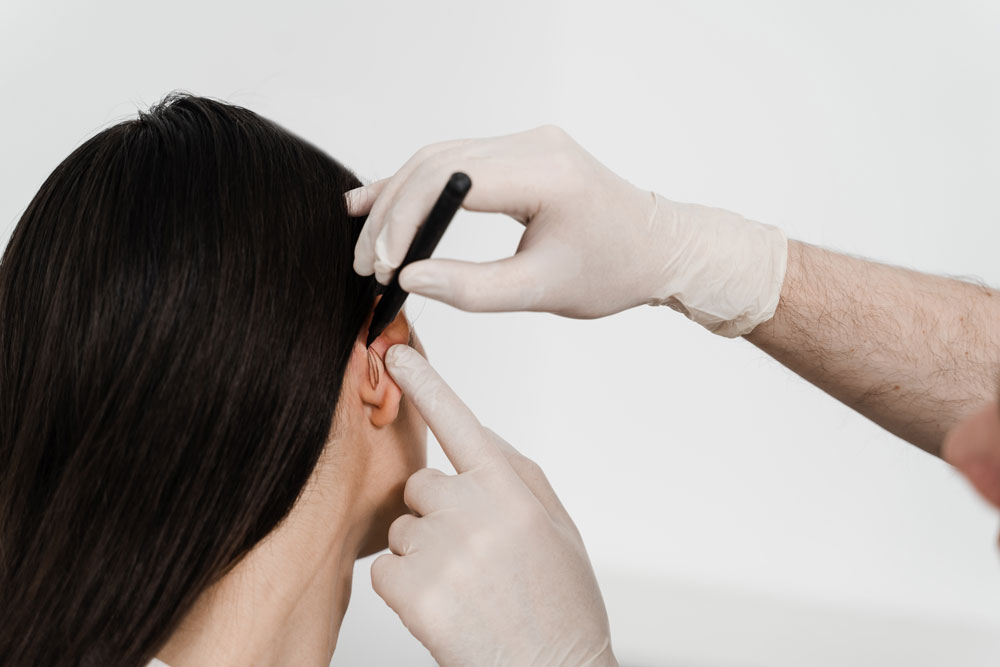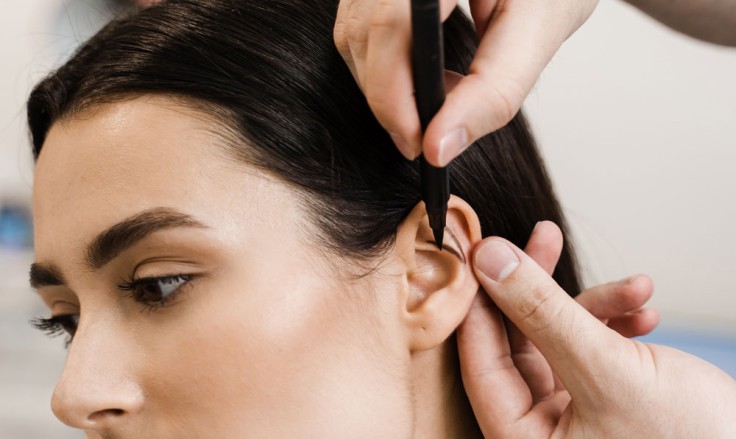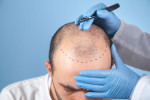Introduction
Ears are subtle features that significantly influence facial symmetry and confidence. For those with protruding or uneven ears, types of otoplasty offer effective and lasting correction.Modern surgical advances now allow tailored solutions for every age and aesthetic concern.
From ear pinning to reduction, each method enhances proportion and harmony while preserving natural appearance. This article explores the different types of otoplasty available and explains which options patients choose most today.
What Otoplasty Aims to Achieve
Otoplasty is a refined surgical technique designed to reshape, reposition, or resize the outer ear. The goal is not dramatic change but balanced, natural enhancement.
Each patient’s treatment plan depends on anatomy, cartilage flexibility, and personal preference. Although most people associate otoplasty with ear pinning, it includes several distinct procedures.
Understanding the various types of otoplasty helps patients make informed decisions about their treatment journey.
The Main Types of Otoplasty
Surgeons categorise types of otoplasty based on the specific issue being corrected. Each approach uses specialised techniques to sculpt the ear into a more aesthetically balanced position.
Types of Otoplasty: Ear Pinning Otoplasty
Ear pinning, or setback otoplasty, is the most common among all types of otoplasty. It corrects ears that stick out too far from the head.
Surgeons reshape or reposition cartilage closer to the scalp, creating a more natural angle. Incisions are discreetly placed behind the ear, ensuring no visible marks. This procedure appeals to both children and adults seeking symmetrical, proportionate ears.
Types of Otoplasty: Ear Reduction Surgery
Ear reduction addresses overly large ears or prominent lobes. Among types of otoplasty, this method focuses on decreasing overall ear size while maintaining shape.
Surgeons remove small sections of cartilage or skin for subtle contour adjustments. The outcome is balanced and harmonious, often blending seamlessly with other facial features.
Types of Otoplasty: Earlobe Repair
This is one of the most delicate types of otoplasty. Often performed to correct stretched or torn lobes.
It’s common among patients with heavy earrings or past piercings. Surgeons reshape and stitch the earlobe using precise techniques for smooth, natural healing.
Though small in scale, earlobe repair significantly enhances ear aesthetics and confidence.
Types of Otoplasty: Ear Augmentation
Ear augmentation is designed for patients with underdeveloped or small ears.
This method stands out among types of otoplasty because it builds rather than reduces cartilage. Surgeons may use grafts or implants to increase projection and shape.
The result is a fuller, well-defined ear structure that appears entirely natural.
Types of Otoplasty: Reconstructive Otoplasty
Reconstructive otoplasty focuses on restoring ear shape following injury, trauma, or congenital conditions.
It’s among the most complex types of otoplasty, requiring advanced planning and precision. Surgeons may use cartilage grafts from the ribs or synthetic materials for reconstruction.
This approach prioritises both function and aesthetics, giving patients improved appearance and confidence.

Which Patients Choose Each Type of Otoplasty
Different types of otoplasty appeal to different age groups and aesthetic needs.
Children and Teenagers
Ear pinning is the most frequently chosen option among younger patients. Parents often schedule this procedure once the ears are fully developed, typically around age six.
It helps children avoid self-consciousness during early school years, improving long-term confidence.
Adults
Adults commonly choose ear reduction or earlobe repair for aesthetic refinement. They value quick recovery and discreet improvements that complement overall appearance.
Some opt for ear augmentation to restore proportion following previous surgeries or natural volume loss.
Reconstructive Patients
Patients with congenital differences or past injuries usually require reconstructive otoplasty.
These individuals seek both structural correction and psychological comfort through restoration. Each case is unique, highlighting the versatility of modern types of otoplasty.
Conclusion
The various types of otoplasty offer patients solutions tailored to their specific needs.
Whether for children, adults, or reconstructive cases, modern techniques ensure natural, balanced outcomes.
Each method enhances appearance while improving confidence and overall harmony.With expert planning and precision, results remain stable and subtle for years to come.
For more information and to book a consultation visit the ACIBADEM Beauty Center website.
Frequently Asked Questions
The main types include ear pinning, reduction, augmentation, reconstruction, and earlobe repair.
Anyone seeking improved ear shape or symmetry once ear growth is complete.
Yes, the results of most procedures are long-lasting when performed by skilled surgeons.
Yes, surgeons usually treat both ears simultaneously for balanced results.
Because of skilled surgeons, advanced facilities, and affordable, all-inclusive treatment packages.













